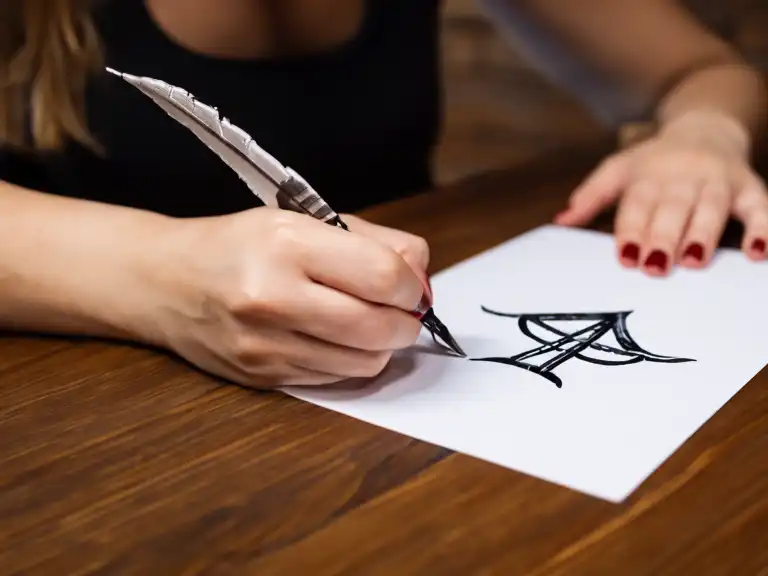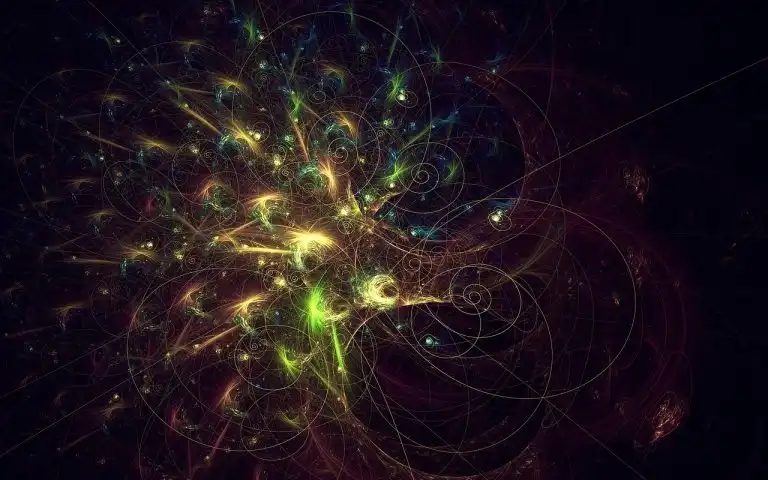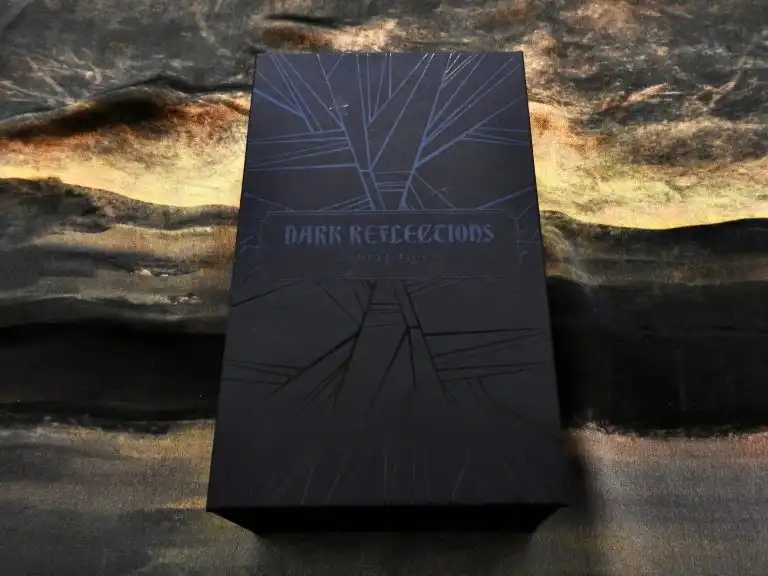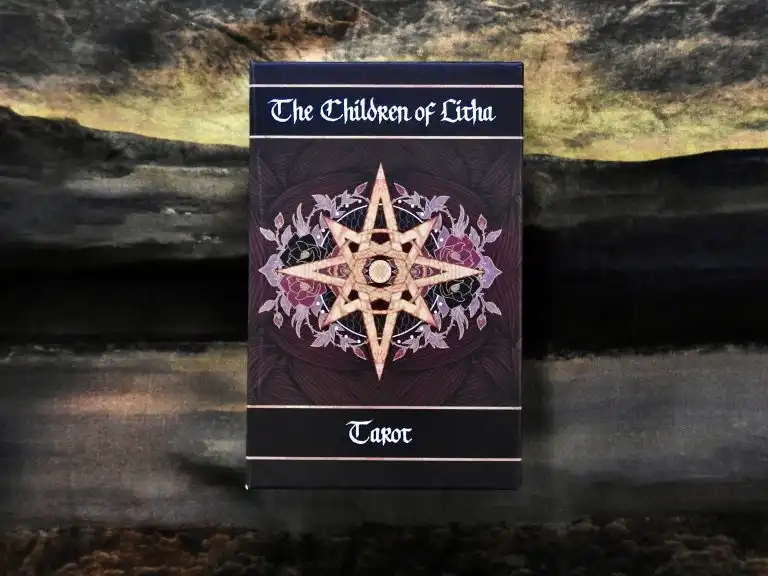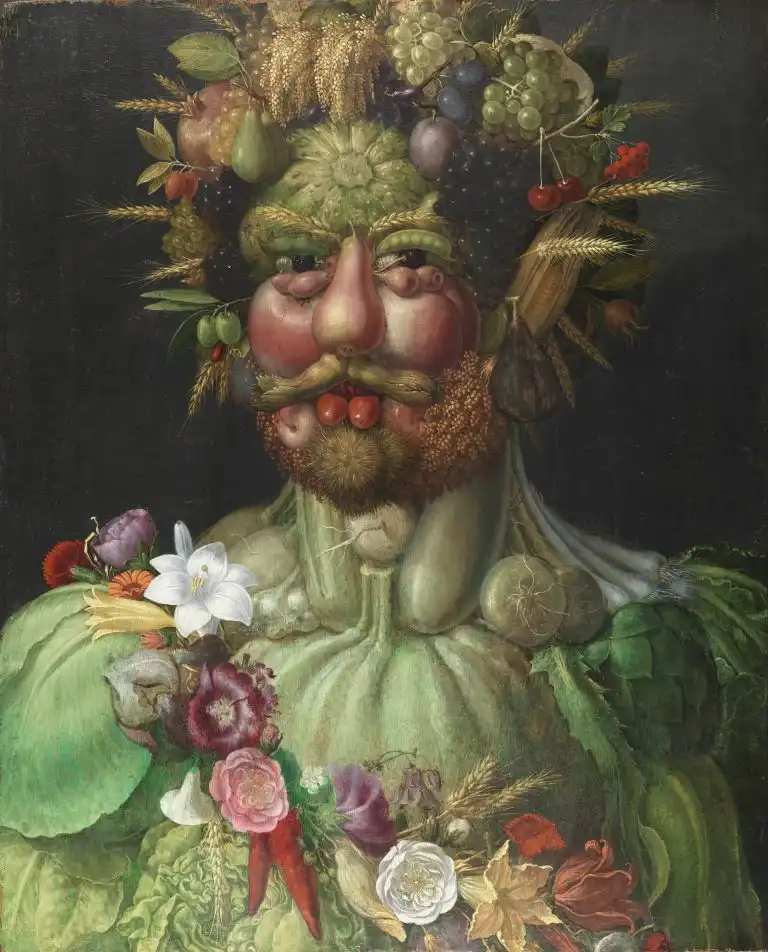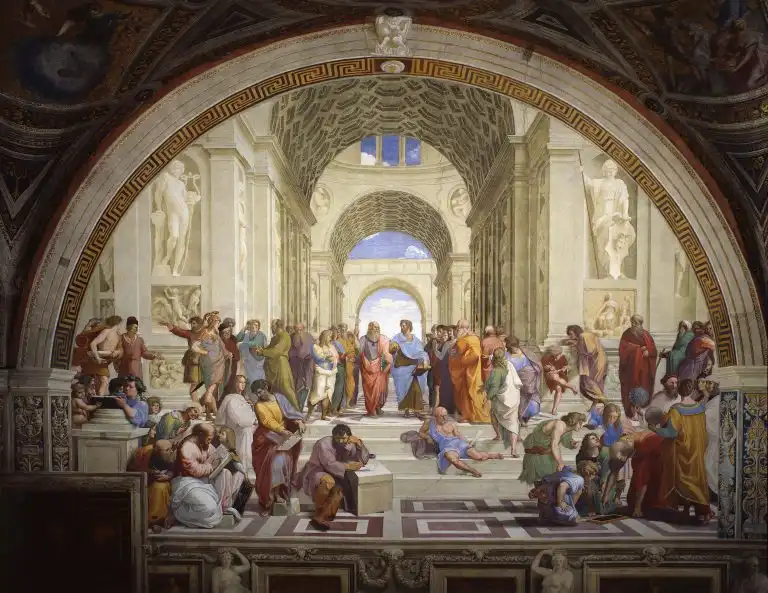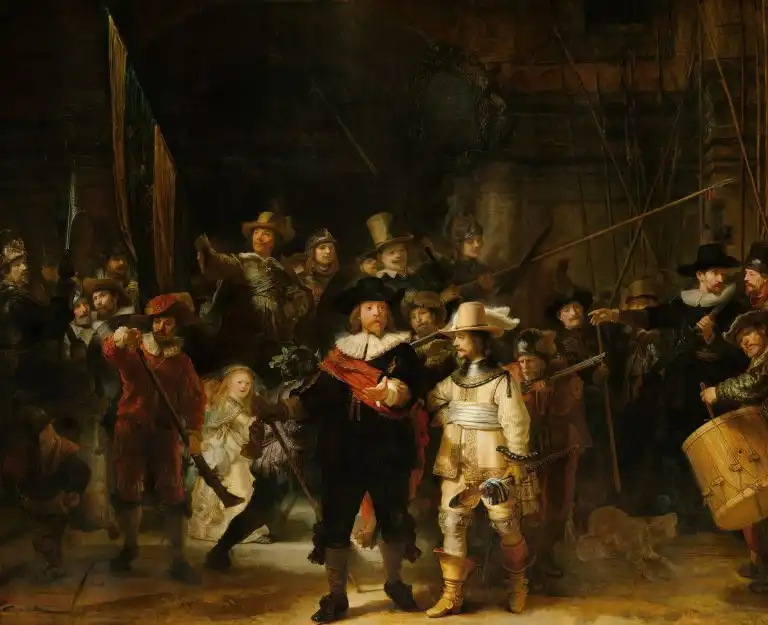
Baroque
The Baroque period, a response to the Counter-Reformation, was characterized by a grand, ornate, and dramatic style in art. The Church, as the primary patron of Baroque art, aimed to inspire piety and devotion in the faithful. The period was a time of political upheaval and social change, including the Thirty Years' War. Baroque art, with its grandeur, drama, dynamism, and emotion, used dramatic lighting, intense colours, and exaggerated forms to create emotionally charged and theatrical works. This emphasis on drama and emotion is a key aspect of the Baroque period. The era was filled with famous artworks, including Caravaggio's The Calling of Saint Matthew and Diego Velázquez's The Triumph of Bacchus.


